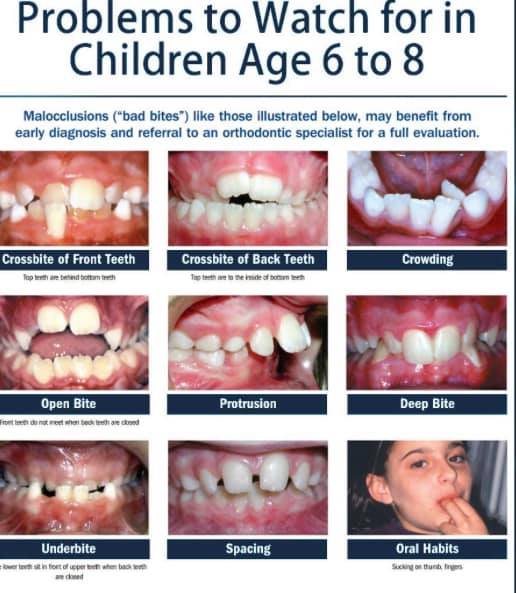
Root canal treatment is only required when dental X-rays show that the pulp has been damaged by a bacterial infection.
The pulp will begin to die if it’s infected by bacteria, allowing the bacteria to then multiply and spread.
The symptoms of a pulp infection include:
pain when eating or drinking hot or cold food and drink
pain when biting or chewing
a loose tooth
As the infection progresses, these symptoms often disappear as the pulp dies.
Your tooth then appears to have healed, but the infection has in fact spread through the root canal system.
You eventually get further symptoms such as:
pain when biting or chewing returning
swelling of the gum near the affected tooth
pus oozing from the affected tooth
facial swelling
the tooth becoming a darker colour
It’s important to see your dentist if you develop toothache. If your tooth is infected, the pulp cannot heal by itself.
Leaving the infected tooth in your mouth may make it worse.
There may also be less chance of the root canal treatment working if the infection within your tooth becomes established.
Antibiotics, a medicine to treat bacterial infections, are not effective in treating root canal infections.
Dr. Banić








